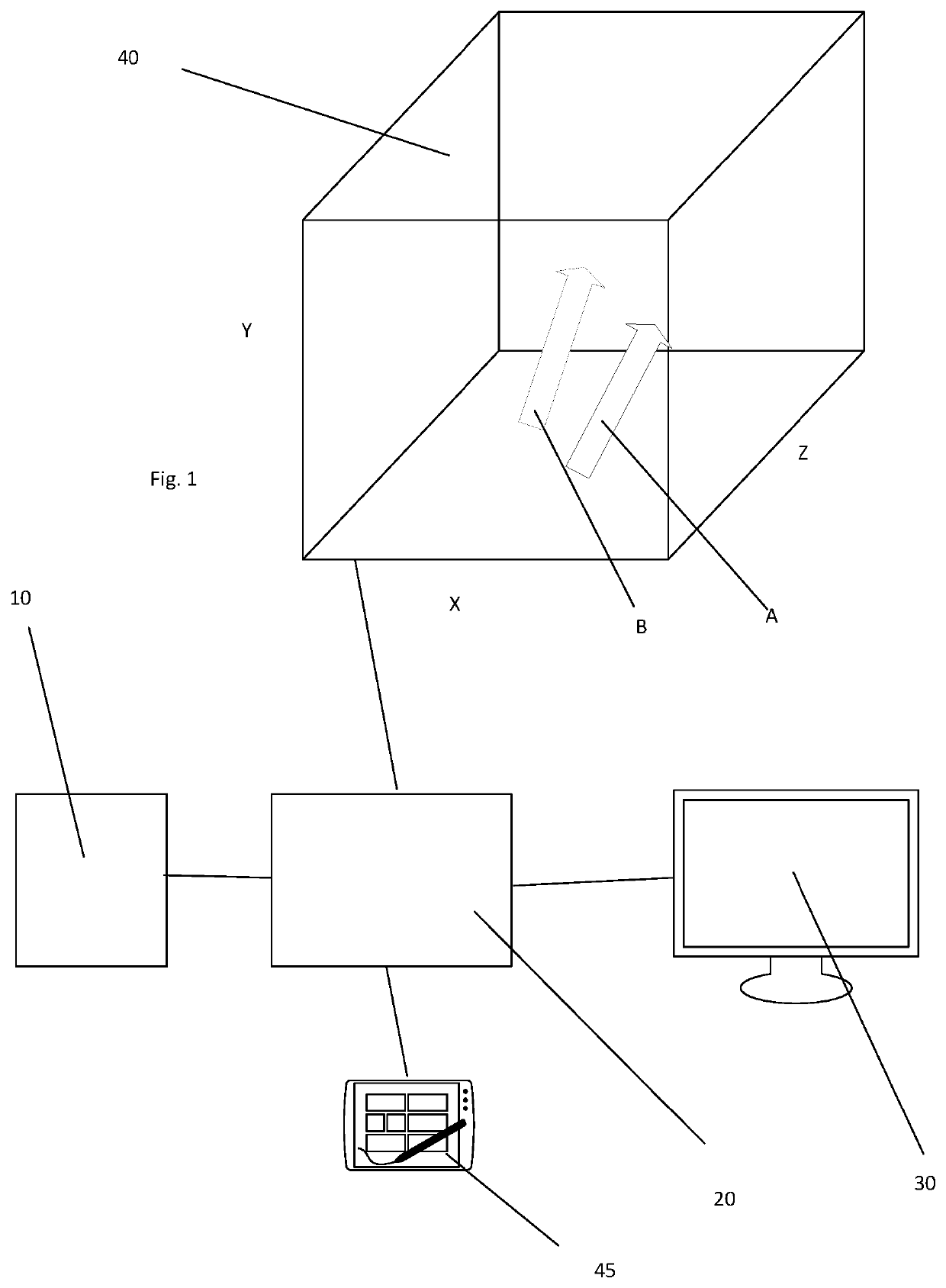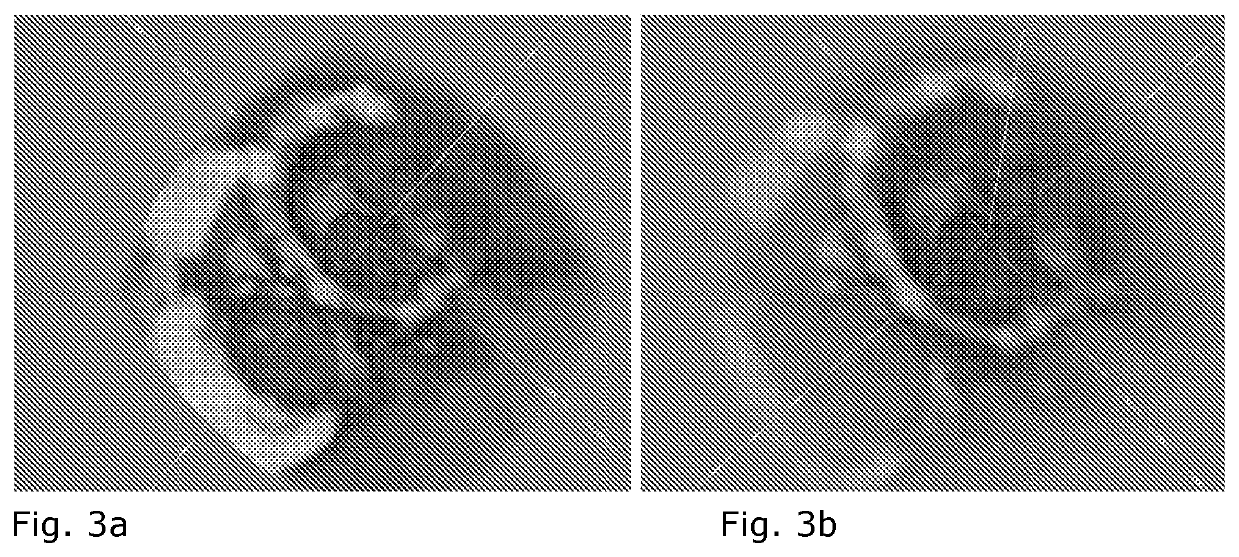Computer implemented method and system for navigation and display of 3D image data
a computer and image data technology, applied in computing, instruments, electric digital data processing, etc., can solve the problems that conventional 2d displays cannot render a flat representation, 2d images such as 2d ultrasound images cannot represent three-dimensional structures typical of humans, and the technology of 2d displays has not been primarily developed for the specific requirements of clinical settings
- Summary
- Abstract
- Description
- Claims
- Application Information
AI Technical Summary
Benefits of technology
Problems solved by technology
Method used
Image
Examples
Embodiment Construction
[0051]Embodiments of the present invention are directed to method and systems for displaying and applying user inputs to manipulate 3D imagery.
[0052]There exist many sources of 3D image data including 3D imaging scanners. Embodiments may receive data directly from a 3D image data source or may receive data that has been previously acquired and stored in a data repository or similar.
[0053]3D image data is typically encoded in the form of a 3D array of voxels. In 3D imaging, the term “voxel” is used to refer to a scalar or vector value on a regular grid in three-dimensional space. As with pixels in a bitmap, voxels themselves do not typically have their position (their spatial coordinates) explicitly encoded along with their values. Instead, rendering systems infer the position of a voxel based upon its position relative to other voxels (i.e., its position in the data structure that makes up a single volumetric image).
[0054]In embodiments of the present invention, the 3D image data is...
PUM
 Login to View More
Login to View More Abstract
Description
Claims
Application Information
 Login to View More
Login to View More - R&D
- Intellectual Property
- Life Sciences
- Materials
- Tech Scout
- Unparalleled Data Quality
- Higher Quality Content
- 60% Fewer Hallucinations
Browse by: Latest US Patents, China's latest patents, Technical Efficacy Thesaurus, Application Domain, Technology Topic, Popular Technical Reports.
© 2025 PatSnap. All rights reserved.Legal|Privacy policy|Modern Slavery Act Transparency Statement|Sitemap|About US| Contact US: help@patsnap.com



